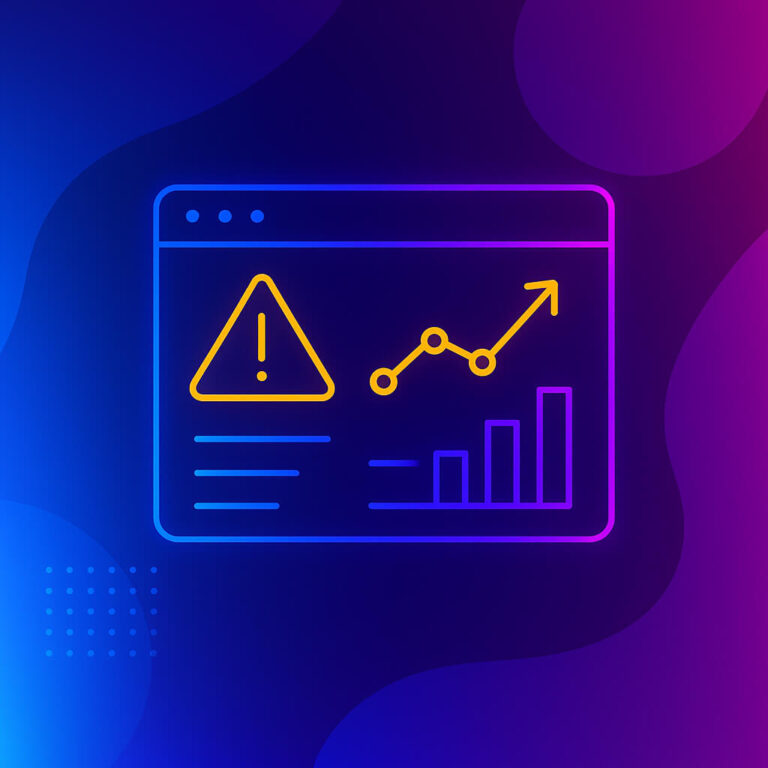Google Analytics: An Essential Tool for SEO
In the ever-evolving world of digital marketing, search engine optimization (SEO) remains a cornerstone for driving organic traffic and achieving online success. But how do you measure the effectiveness of your SEO efforts? Enter Google Analytics—a powerful, free tool that provides invaluable insights into your website’s performance. Understanding how to use Google Analytics is not just beneficial; it’s essential for anyone serious about SEO. In this post, we’ll explore why Google Analytics is crucial, how it works, and actionable tips on using its data to supercharge your SEO strategy.
The Power of Google Analytics
Imagine trying to navigate a city without a map or GPS. That’s what managing SEO without Google Analytics is like. According to HubSpot, businesses that use data-driven strategies are six times more likely to achieve better ROI year-over-year. Google Analytics offers the data you need to make informed decisions, from tracking user behavior to identifying traffic sources.
But why is Google Analytics so critical for SEO? It provides real-time data on how visitors interact with your website, allowing you to measure the effectiveness of your SEO efforts. By understanding key metrics such as organic traffic, bounce rates, and session duration, you can pinpoint what’s working and what needs improvement.
Real-World Examples
To illustrate the impact of Google Analytics on SEO, consider the case of Airbnb. The global vacation rental platform used Google Analytics to refine its SEO strategy, focusing on high-converting keywords and optimizing user experience. By analyzing data from Google Analytics, Airbnb identified pages with high bounce rates and implemented targeted improvements, resulting in a significant increase in organic traffic and user engagement.
Another example is Moz, a leading SEO software company. Moz uses Google Analytics to track the performance of its blog posts and landing pages, enabling them to continually refine their content strategy. By focusing on metrics like page views and average session duration, Moz has been able to increase its organic search rankings and drive more qualified leads.
Quality Over Quantity
One of the most common misconceptions in SEO is that more traffic automatically equals better results. However, it’s the quality of the traffic that matters. Google Analytics helps you assess the quality of your traffic by providing data on user behavior, such as how long visitors stay on your site and which pages they visit most frequently.
To ensure you’re attracting high-quality traffic, pay attention to the following metrics:
- Organic Traffic: Monitor the number of visitors arriving through search engines. An increase in organic traffic usually indicates that your SEO efforts are paying off.
- Bounce Rate: A high bounce rate suggests that visitors are leaving your site quickly, often due to irrelevant content or a poor user experience. Analyze which pages have the highest bounce rates and optimize them to retain visitors.
- Conversion Rate: Ultimately, the goal of SEO is to drive conversions, whether that’s making a purchase, signing up for a newsletter, or filling out a contact form. Google Analytics allows you to track conversions and understand which traffic sources are most effective.
Strategies for Leveraging Google Analytics
Now that we’ve established the importance of Google Analytics, let’s explore some strategies for using this tool to enhance your SEO efforts.
- Set Up Goals and Conversions: Start by setting up goals in Google Analytics to track specific actions you want visitors to take, such as making a purchase or subscribing to a newsletter. This helps you measure the effectiveness of your SEO strategy and identify areas for improvement.
- Analyze Traffic Sources: Use Google Analytics to break down your traffic sources—organic search, direct, referral, and social media. This allows you to see which channels are driving the most traffic and optimize accordingly.
- Monitor User Behavior: The Behavior Flow report in Google Analytics shows how users navigate your site, highlighting popular pages and potential roadblocks. Use this data to improve site structure and enhance the user experience.
- Utilize the Site Content Report: The Site Content report provides insights into which pages are performing well and which ones need attention. Focus on optimizing underperforming pages by improving content, enhancing keywords, and ensuring faster load times.
- Track Keyword Performance: Although Google Analytics doesn’t provide direct keyword data due to privacy concerns, you can integrate it with Google Search Console to gain insights into which keywords are driving traffic. Use this information to refine your keyword strategy and boost rankings.
Common Mistakes to Avoid
While Google Analytics is a powerful tool, it’s important to use it correctly to get the most out of your data. Here are some common mistakes to avoid:
- Ignoring Mobile Metrics: With mobile traffic accounting for over half of global web traffic, it’s crucial to monitor mobile-specific metrics in Google Analytics. Ensure your site is mobile-friendly and optimized for all devices.
- Not Setting Up Goals: Without goals, it’s challenging to measure the effectiveness of your SEO efforts. Set up specific, measurable goals to track your progress.
- Overlooking Page Speed: Slow-loading pages can hurt both user experience and search rankings. Use the Page Speed Insights report in Google Analytics to identify and fix slow pages.
Conclusion
Google Analytics is more than just a reporting tool—it’s an essential component of a successful SEO strategy. By leveraging the data provided by Google Analytics, you can make informed decisions that enhance your website’s performance, increase organic traffic, and drive conversions.
Ready to take your SEO to the next level? Contact Digital Roots Media today to learn how we can help you harness the power of Google Analytics to achieve your digital marketing goals.



